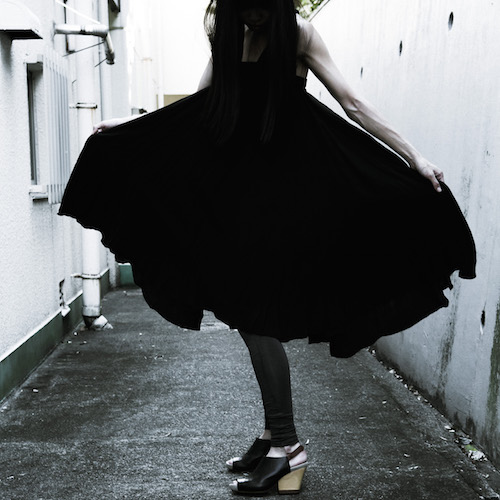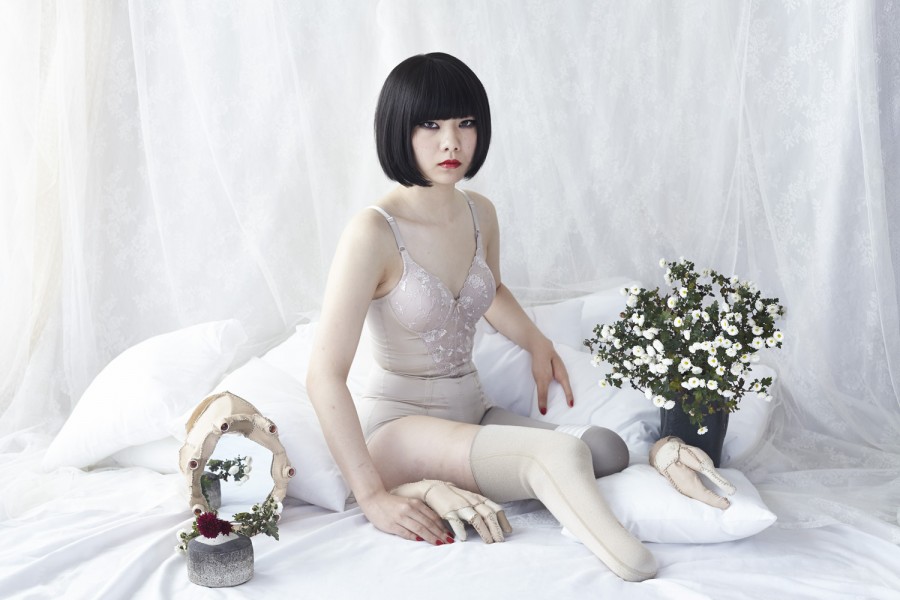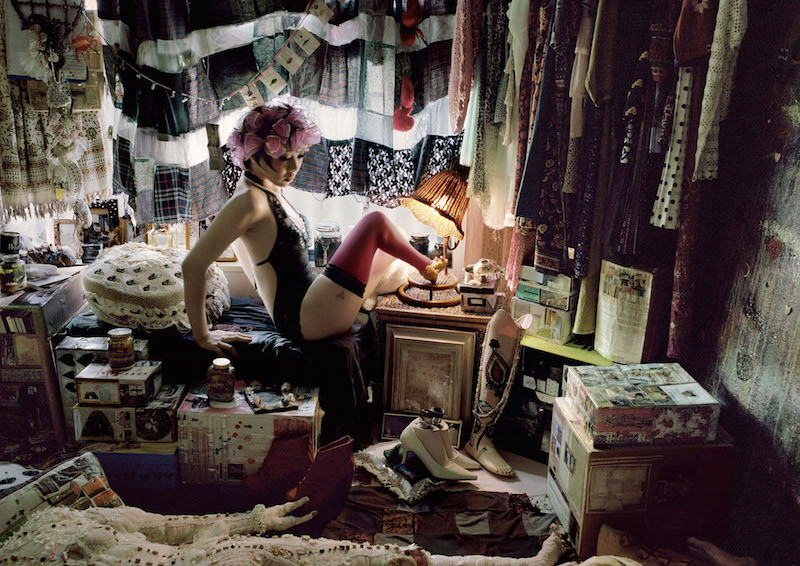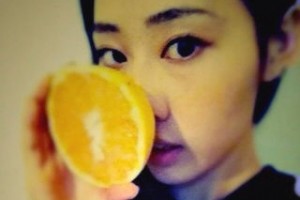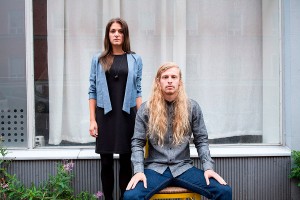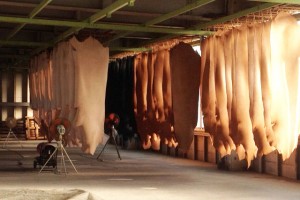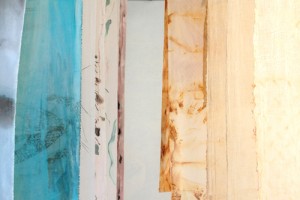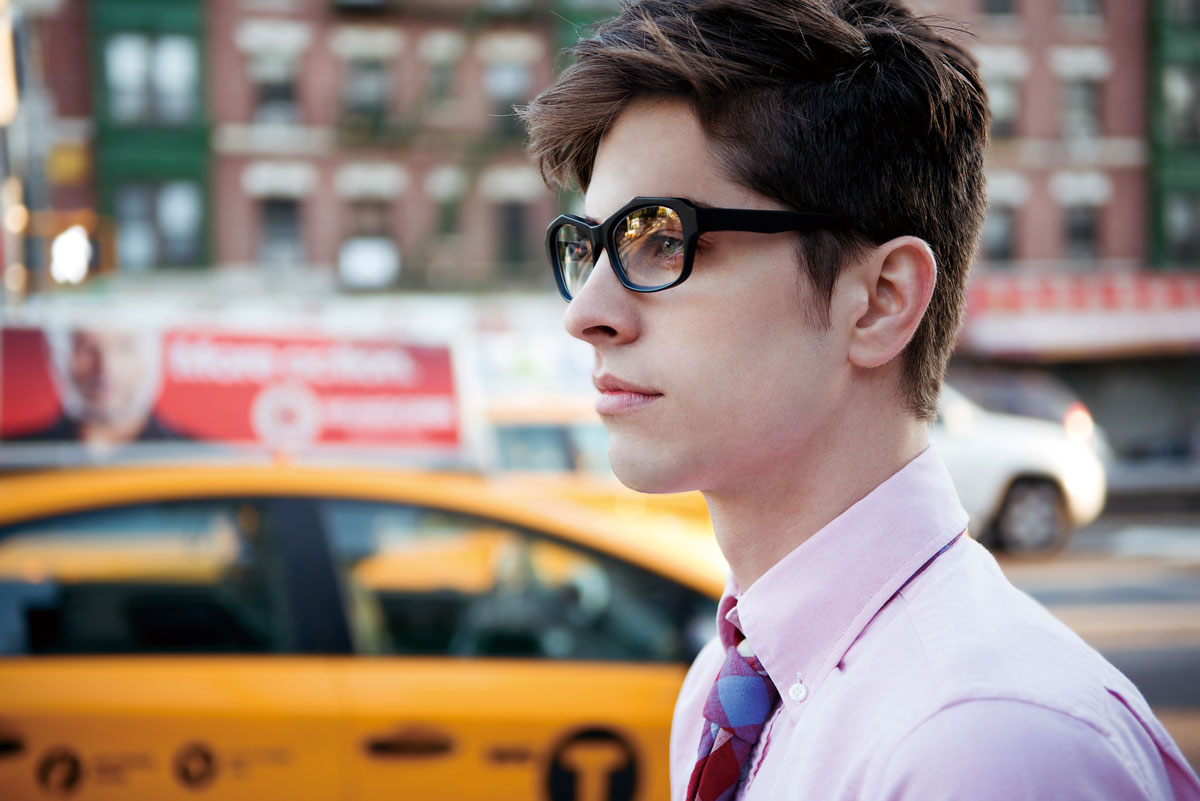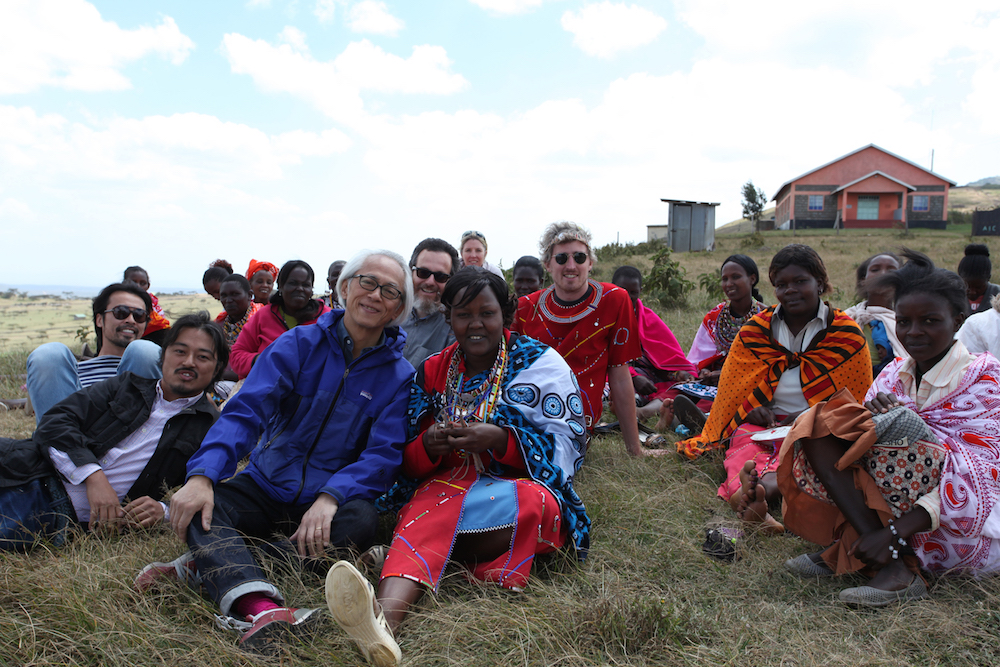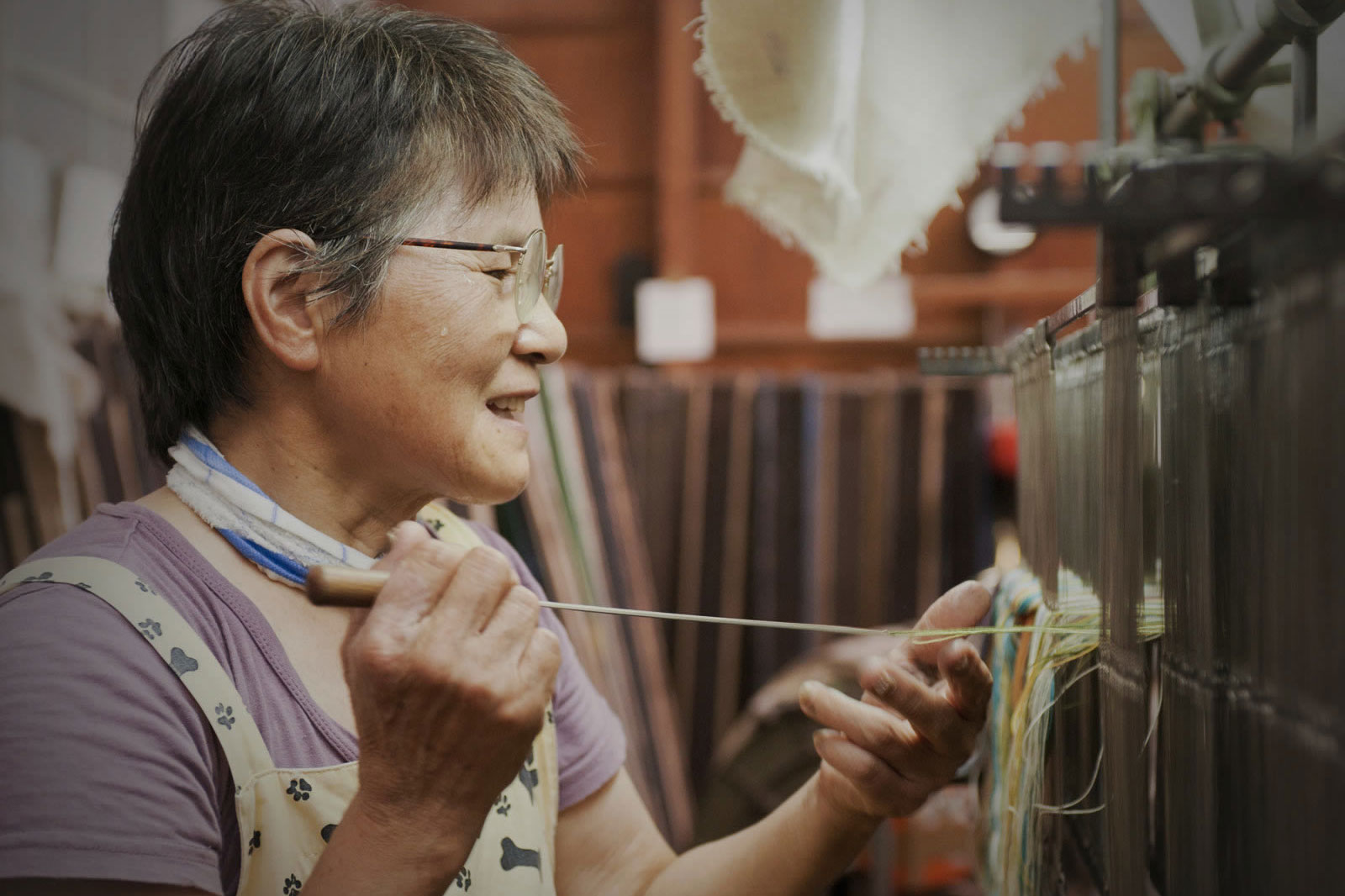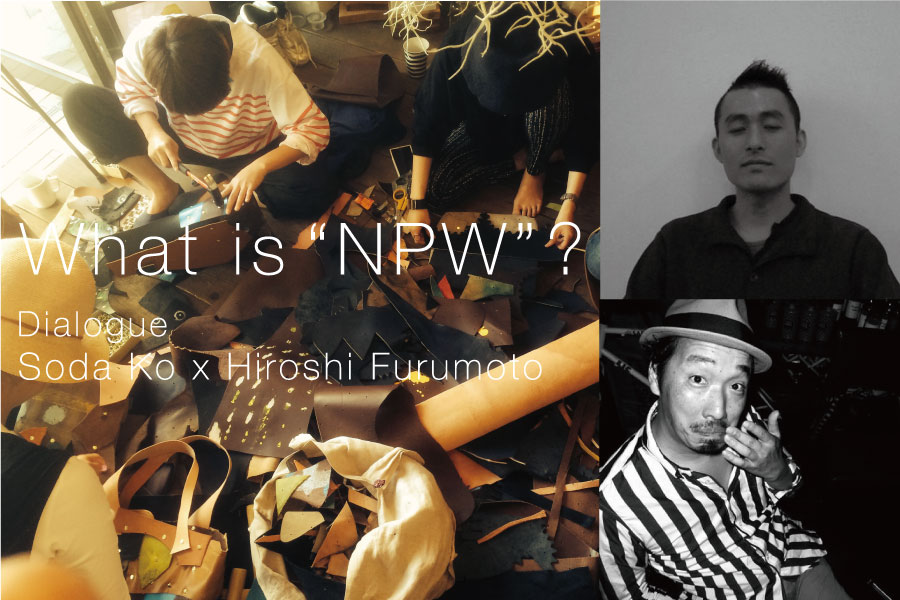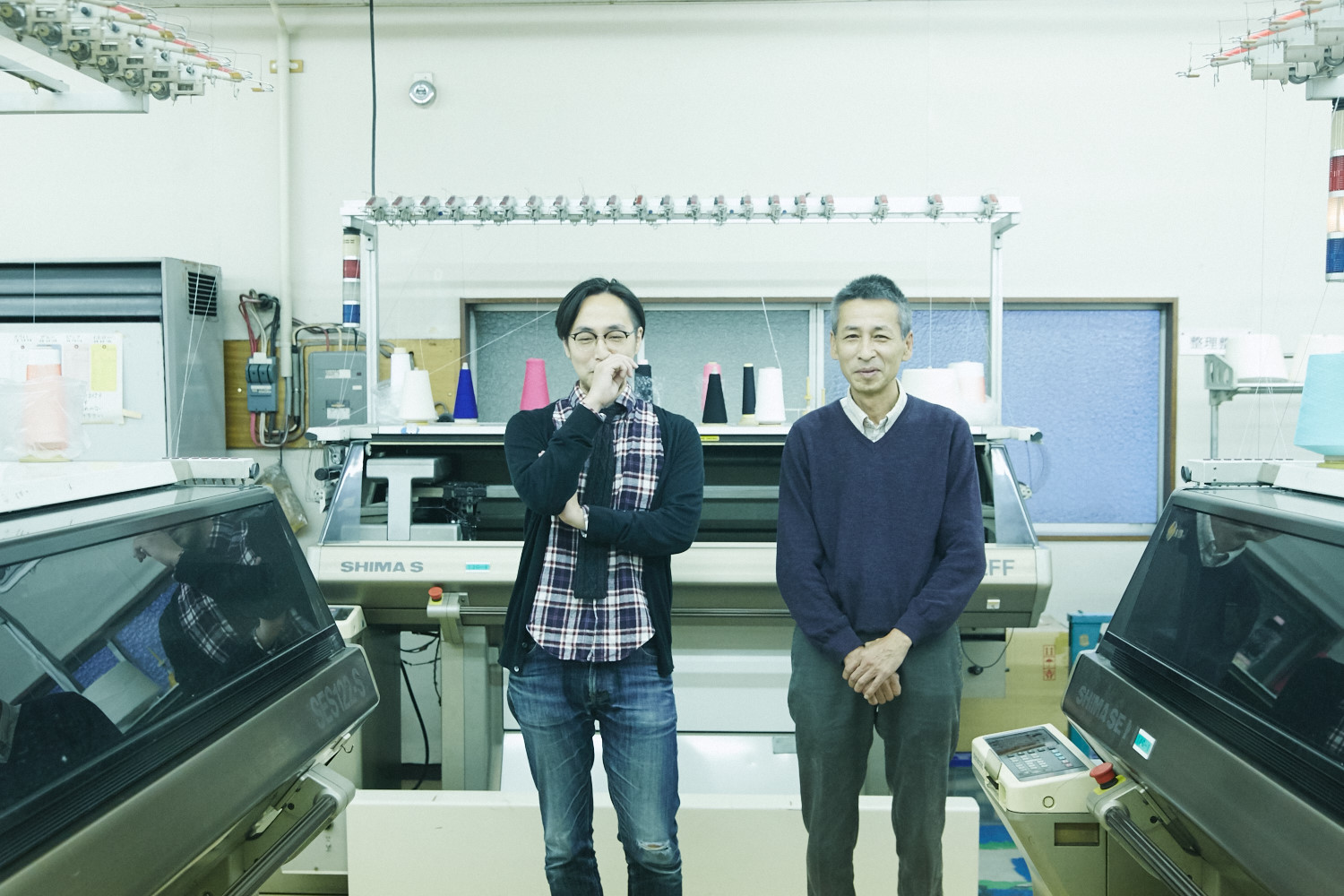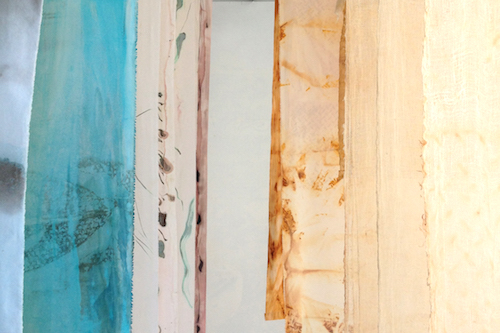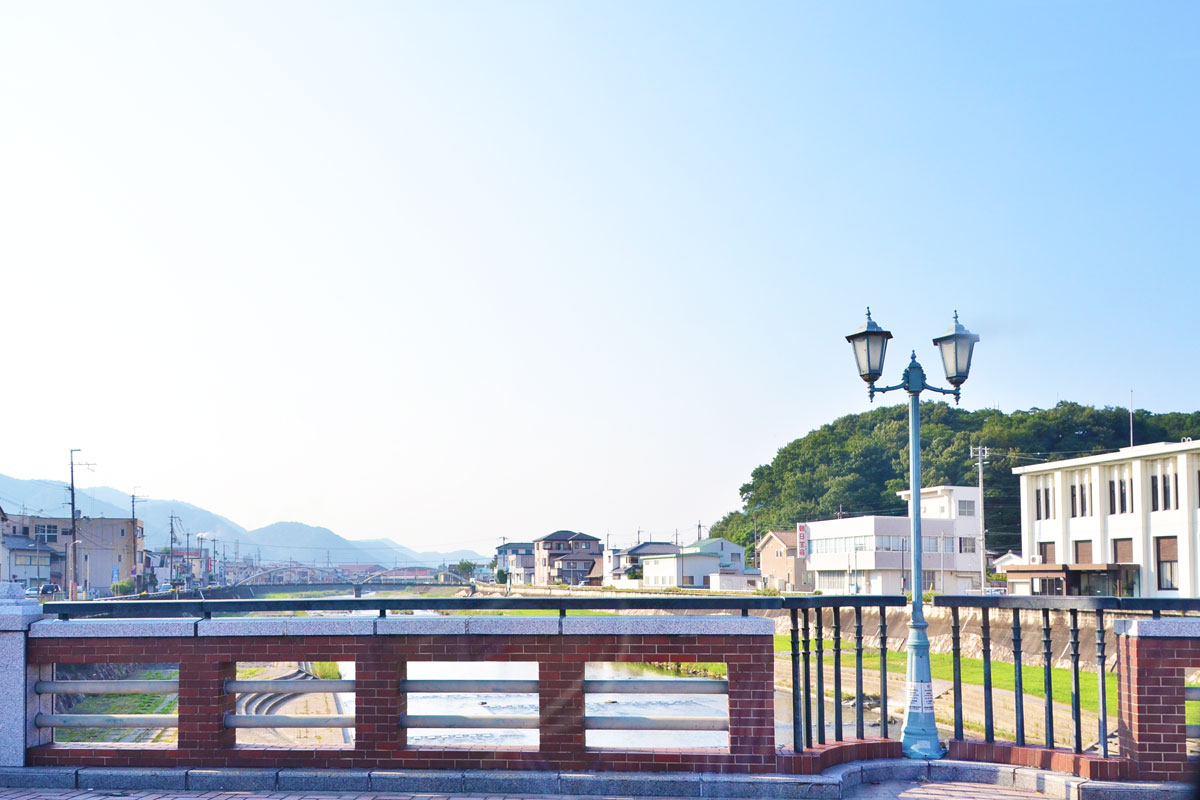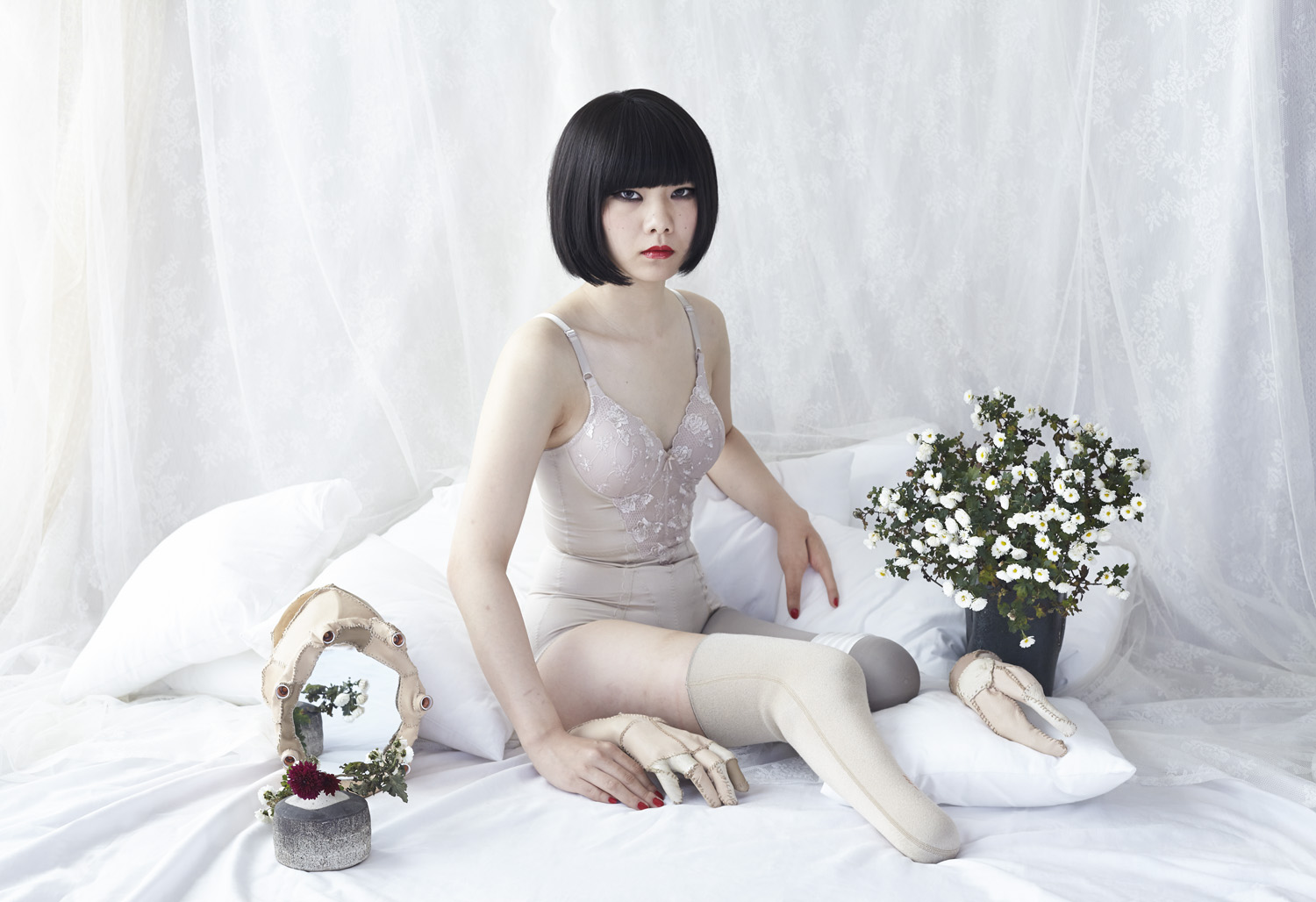Each pair of glasses of understatement new york is made by artisans in Sabae, Fukui Prefecture with the utmost care and precision of the craftsmanship of artisans. Each frame is bold and delicate, yet still sophisticated, impressive, and memorable. I visited Sabae to ask about their hand-making techniques and the reality in the place of production.
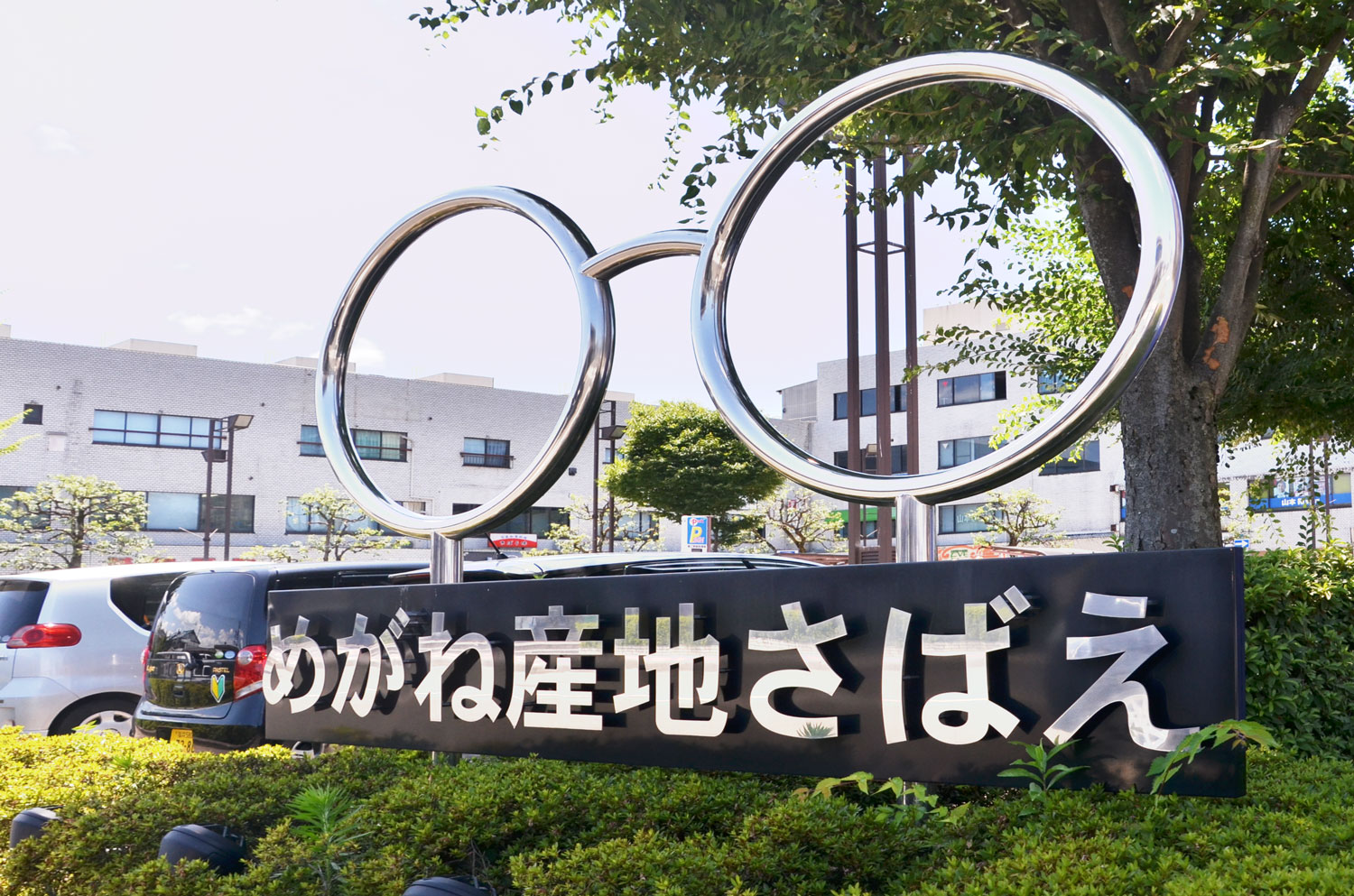
Big glasses welcome visitors at Sabae Station
The city of Sabae, which is known throughout the world along with Italy and China, has a 100-year history of glasses frame production and has 96 percent of the national share. They started to produce glasses frames in 1905. Due to the nature of Sabae’s climate, the work was introduced as a second job for farmers during the winter months. Since then, the city gradually became a production area itself. After 1970, their continuous efforts resulted in the development of the world’s newest technologies, such as titanium frames and shape-memory alloys.
understatement new york frames are made here by artisans’ work of hands.
Each artisan’s policy makes quality
Originally, artisans of Sabae made frames without using any electric machinery, using only jigsaws and files. Although they now use machines, artisans polish each frame by hand, checking each pair individually.
Producing understatement new york’s glasses was especially difficult, recalls the Chief Director of Sun Optical Co., Narihito Takeuchi.
Their designs are very complicated and difficult compared to other brands. Sometimes the thicknesses are different in only one part, which makes it difficult to carve. Sometimes we had to carry out processes we do not usually do. It took us much more care than usual.
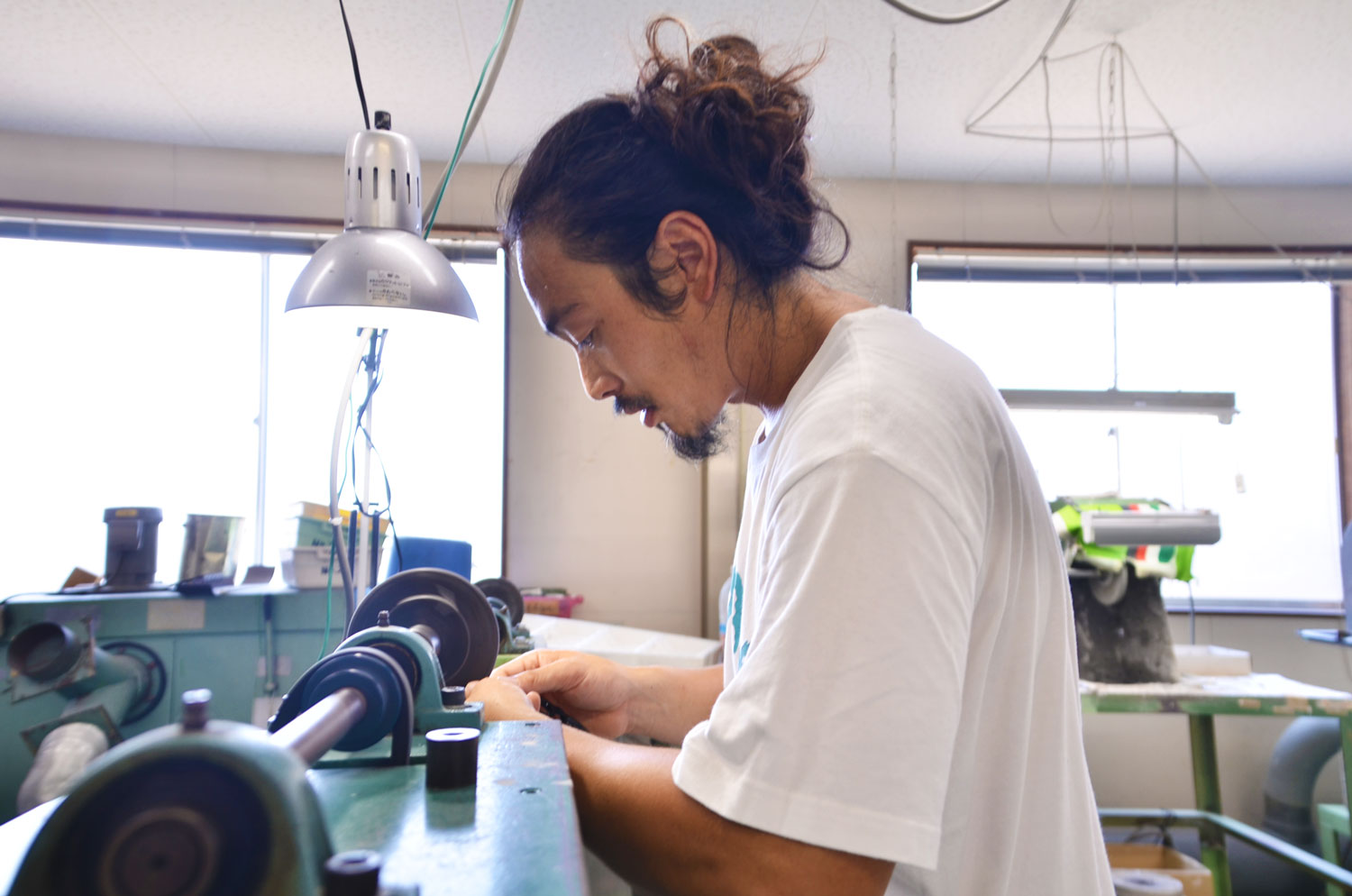
Narihito Takeuchi, Chief Director of Sun Optical Co. He is also an artisan who could produce glasses all by hand.
The designer, who established the brand with a firm vision ‘to create a brand that brings revolution in the eyewear industry,’ looks back as well.
At first, Sun Optical said it might be difficult to make the unique carvings and angles, which are the key features of our design. But they kept on trying to make the prototypes, and they finally made perfect products. Especially, matte black, which is our signature color, was apparently one of the most difficult aspects. Artisans refined each pair to produce the color. The calm vigor of the texture exceeded our expectations.
Creating products is similar to baton passing in a relay; that baton is the pride of the artisanal creators to make better products, which is at last, passed on to consumers. Consumers as the anchor expresses the beauty of it by wearing it.
However Takeuchi says that this baton is no longer passed on to the consumers.
When you buy something, the cheaper, the better. I think it is that we might not have expressed enough of the difference between our glasses and others.
This is because he thinks cheap glasses made in China, which increased in number during the ‘80s, are not very different from theirs in terms of quality.
In Sabae, some artisans say Chinese glasses are not polished enough, but I think some factories in China produce good glasses. They are not different in terms of manual procedures and mechanized processes; so Chinese glasses are cheaper than ours are simply because their employment cost is smaller.
However, differences occur in details. If you cover fragile parts when you polish glasses, they would be more durable. Products polished quickly during the last step and products polished again and again carefully are completely different both in terms of cost and luster.
One example is the polishing process called ‘Doro-bafu’, which has a great influence on the result among the 100 to 150 processes. They polish frames in each one of the processes, which accommodates the meshing and the differences among frame materials. Despite all these efforts, no single frame would be allowed to be sold after the first check. They check every detail, return the frames to polish again, and only half of them are allowed to be sold after the third check. This is very intense.
Severe world of manufacturing
Manufacturing is very hard in the first place, but the growing trend of cheap glasses made in foreign countries is oppressing the market. Many small, specialized factories have decided to close down due to the decreased number of orders and little profits. The number has been dropping since 1992, which saw a peak in this trend. The value of shipment has halved its amount from 120.8 billion yen to 52.67 million yen, and the number of glasses-related offices decreased by 40 percent (Census of Manufacturers, 1992).
Takeuchi used to work in various factories, such as textile factories from old world in Niigata. He says ‘Manufacturing is fun, but severe’ about the status quo of the manufacturing industry in Japan.
It is always about lowering the price. I have heard that some factories take orders at the price of cost, just to be able to do so. They try to pay for their debts shortsightedly, which brings them to a hand-to-mouth operation. Our company is on the verge actually, so we are manufacturing with the spirit of ‘one mistake puts us in the red.’
It has been said there are fewer people who succeed in factories and techniques. But I think it cannot be helped that owners choose to close down without looking for successors, because jobs are decreasing rapidly. Making glasses is so hard I do not want my children to take over the business, to be honest.
Creating equal relationships
However, what makes the situation relievable is working with someone who shares the idea of ‘creating as good of products as possible.’
The partnership between understatement new york and Sun Optical started in 2011, with one phone call. The designer visited Sun Optical from New York and he then fell in love with their technique. The designer recalls his feelings from that moment.
I went to the city office in Sabae to get information about factories that carefully create products by hand, and then I visited about three factories. This was because I wanted to tell them the concept of our brand and I thought I had to see it myself to express its distinct look and level of detail.
The designer was soon sure of Sun Optical’s work, seeing their diligent work. After, they continued contacting each other via email and Skype. Takeuchi recalls that despite the distance between the two, working together went very smoothly.
He underlines that the key to this success was that the designer came to the factory by himself:
There are only a few customers who come to see our factory. Many of them order just by email or phone, so in many cases, there is no discussion, but just two monologues.
For example, when we say to the clients, ‘If you let us polish for another day, we can make it perfect,’ then they would go, ‘what is to polish?’ Or, ‘a due date is a due date. Just meet the date.’ We would like to create better products together with them, but many of them behave high and mighty without seeing or knowing anything about the production process.
These days, it is becoming natural for consumers to be able to purchase quality products at cheap prices, which makes it difficult to assess added value. However, nothing can be made cheaply with much care and time. The true quality appears not so much in the price, but in the charm of the product itself.
(Translation by Akiko Ishige)

